The strategy genre has formed its own gameplay philosophy — precise, flexible, and long-term. The developers are not chasing the flash, but building the foundation. Every unit of the resource, the diplomatic rate, and any movement of the unit is important here. The best strategies of all time do not become obsolete, but bring the player back again and again, offering a new scenario even after dozens of game hours.
The history of the genre has developed at the intersection of technology and thinking. In the games, users didn’t just control armies or build cities; they simulated civilizations and asked questions about power, economics, and morality. Decades later, the formula remained the same: strategies taught players to think, plan, and manage with limited resources.
Top Strategies: Iconic Games That Have Survived the Ages
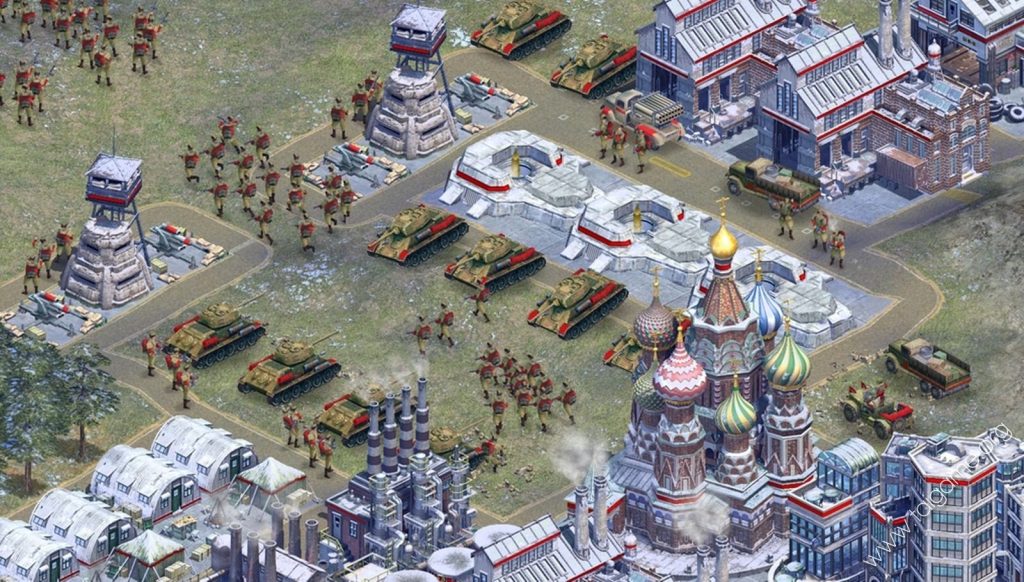 The best strategies of all time, proven by time, community, and gameplay depth:
The best strategies of all time, proven by time, community, and gameplay depth:
Civilization V. The fifth installment became the crowning achievement of the classic formula. The turn-based system received a hexagonal grid, expanding tactical maneuvering. More than 40 leaders, the depth of diplomacy, religion, and culture allowed for a unique gaming session. Each playthrough was a political experiment.
Age of Empires II. A classic RTS that defined an era. Medieval themes, a variety of civilizations, and a balance between economics and combat. The Definitive Edition adds 4K graphics, improved AI, and new campaigns. The community has been supporting the game for over 20 years.
Age of Empires III. The focus shifted to the era of colonialism. The mechanics of metropolitan houses, card decks, and unique units increased the strategic complexity. The game found its niche between AoE II and IV.
Age of Empires IV. A return to the classics with a technological upgrade. Modern graphics, deep historical storytelling, and unique mechanics for each civilization. The strategy develops the classic formula without losing balance.
XCOM: Enemy Unknown. Turn-based tactics on the battlefield and global resource management. The game combines intense combat with the permanent loss of soldiers, creating a high level of emotional engagement. Every decision has consequences, from the name of a recruit to the fate of the planet.
Warcraft III. The game set the format of RTS with RPG elements. Heroes with leveling, campaigns with a plot, legendary cutscenes. The Dota map grew up on Warcraft III. Today, the map editor and an active community keep the game afloat.
SimCity 4. An in-depth simulator of urban infrastructure. The density of buildings, transportation routes, economy, and ecology are all under the player’s control. The modding community has expanded the functionality and adapted the game to modern requirements.
Cities: Skylines. A modern answer to SimCity. Developed by Colossal Order, it has implemented everything that was expected from the genre. It supports Steam Workshop, allowing for fine-tuning of zones, transportation systems, and social balance. The game has evolved into a comprehensive city simulation platform.
Heroes of Might and Magic III. Turn-based classic. Magic, races, and tactical fields. Campaigns, multiplayer, and maps with random generation. Even after 20 years, the game continues to live on thanks to HD mods and tournaments. The strategy is a benchmark in its niche.
Disciples II. An alternative to Heroes with a dark atmosphere. The factions differ not only visually, but also in their combat styles. The game’s style, balance, soundtrack, and visual presentation have made it a cult classic in the genre.
Diving into the Economy: The Best Strategies of All Time with a Focus on Development
Economic strategies form a special branch of the genre — the focus shifts from combat to calculation, logistics, and systemic thinking. These games do not encourage spontaneous decisions, but require detailed analysis, foresight, and the creation of sustainable chains. The path to victory is not through the army, but through the use of resources, production optimization, smart trade, and balanced territorial development.
Here, the one who thinks ahead by dozens of moves wins. The best strategies of all time with an emphasis on the economy provide extensive control over labor, demand, transportation, exports, and logistics. This category of games develops pure tactical planning skills and creates a game pace that values system-based thinking and economic acumen:
- Anno 1404. A complex economic model based on population needs, trade, and geopolitics. The unique visual style and music create a fully immersive experience. Each building affects dozens of parameters, from the availability of spices to the mood of the citizens.
- Anno 1800. A technological leap into industrialization. The game offers a complex system of logistics, class divisions, and an export-oriented economy. The functions of newspapers, propaganda, and influencing public opinion add strategic depth.
- Europa Universalis IV. Global map, historical factions, dozens of development paths: from diplomats to missionaries. The game simulates political alliances, religious wars, and maritime expansions. Support for DLCs and mods ensures long-term relevance.
- Hearts of Iron IV. Focus is on military strategy within the framework of World War II. Army command, diplomacy, economics, and espionage are intertwined in real time. Divisions can be customized, and supply, aviation, and naval management can be controlled, with each decision changing the map of the world.
Future Strategies: The Best Hybrids of All Time
The strategy genre is constantly adapting its mechanics to meet the needs of the new generation. Elements of survival, online services, procedural maps, and non-linear story campaigns are emerging. Modern titles already include free-to-play models, seasonal updates, and modding support. Total War brings historical accuracy to the tactical realm. Crusader Kings III allows players to manage dynasties and influence generational development. Plague Inc: Evolved reverses the mechanics, where players take on the role of a virus, spreading pandemics with mutations and human resistance. Stellaris scales space, offering simulations of empires, scientific breakthroughs, and encounters with alien civilizations.
Conclusion
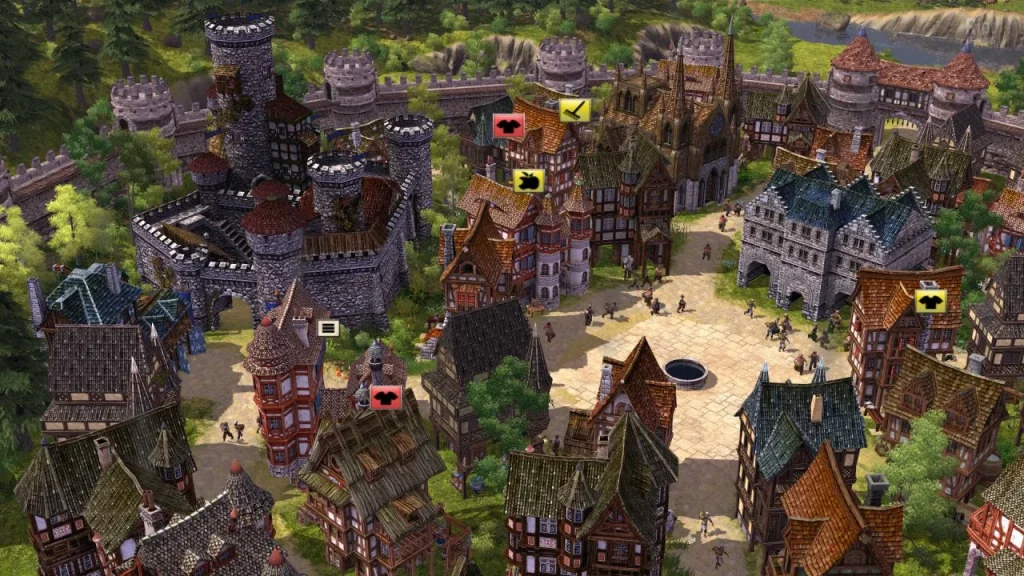 The genre sets a special standard. It doesn’t chase popularity but builds scenarios. The best strategies of all time have stood the test of time for decades, not only because of their gameplay but also because of their approach to user experience. The concepts offer freedom of choice, depth of decision-making, and intellectual satisfaction.
The genre sets a special standard. It doesn’t chase popularity but builds scenarios. The best strategies of all time have stood the test of time for decades, not only because of their gameplay but also because of their approach to user experience. The concepts offer freedom of choice, depth of decision-making, and intellectual satisfaction.

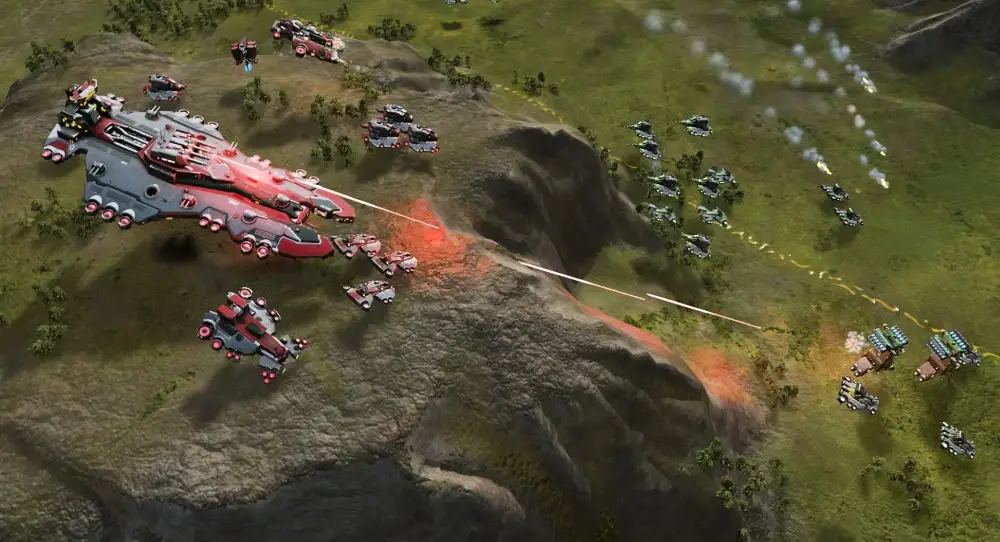
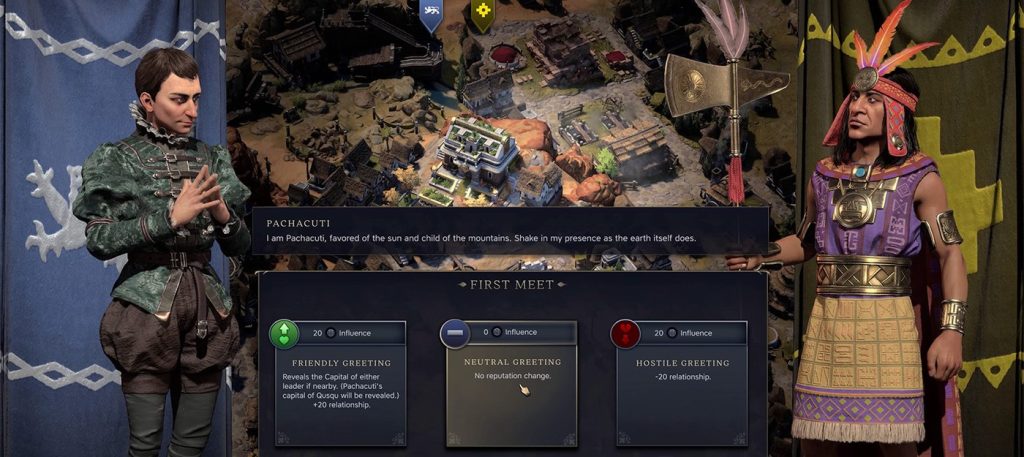 Military campaigns have become more sophisticated thanks to the updated siege system and strategic troop placement. Battlefields now take into account terrain, climate, and even army morale.
Military campaigns have become more sophisticated thanks to the updated siege system and strategic troop placement. Battlefields now take into account terrain, climate, and even army morale.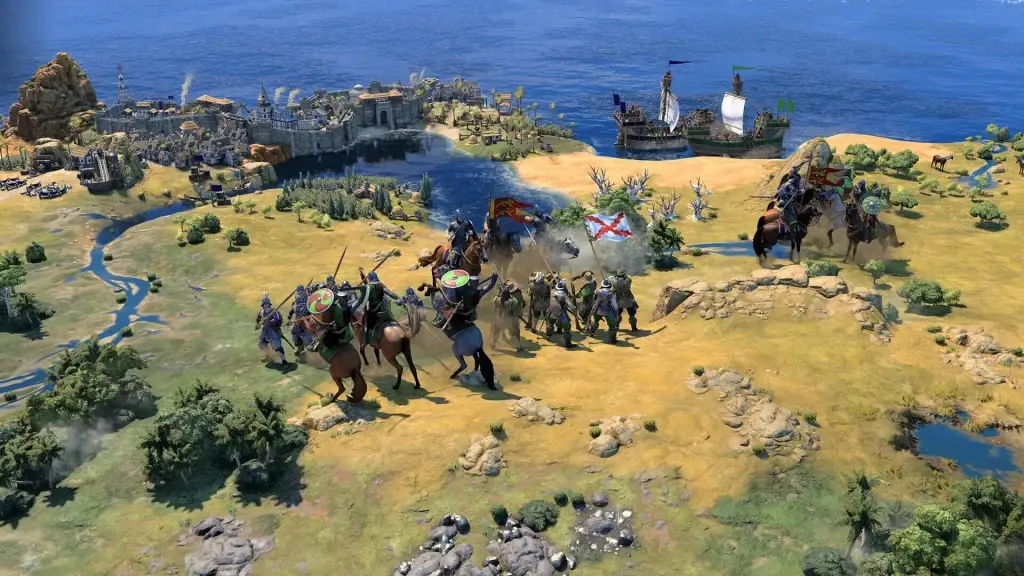 The review of Sid Meier’s Civilization VII showed that the game offers diverse and well-thought-out gameplay, new era mechanics, flexible development strategies, and excellent replayability. If the goal is a deep strategic session that can keep you engaged for dozens of hours, the concept is definitely worth considering. Despite the initial bugs, Firaxis Games continues to refine the project, and it already looks like a worthy successor to the franchise.
The review of Sid Meier’s Civilization VII showed that the game offers diverse and well-thought-out gameplay, new era mechanics, flexible development strategies, and excellent replayability. If the goal is a deep strategic session that can keep you engaged for dozens of hours, the concept is definitely worth considering. Despite the initial bugs, Firaxis Games continues to refine the project, and it already looks like a worthy successor to the franchise.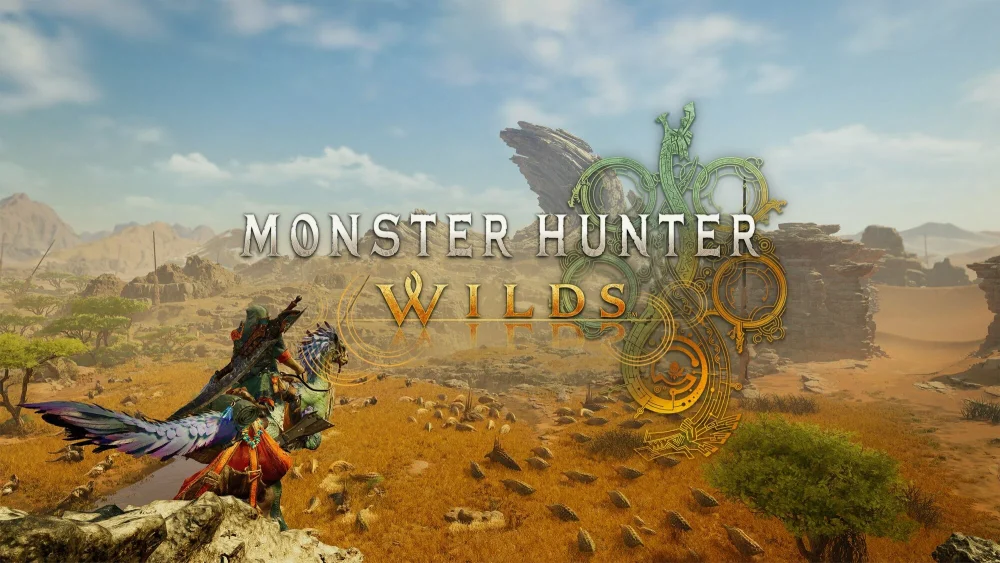
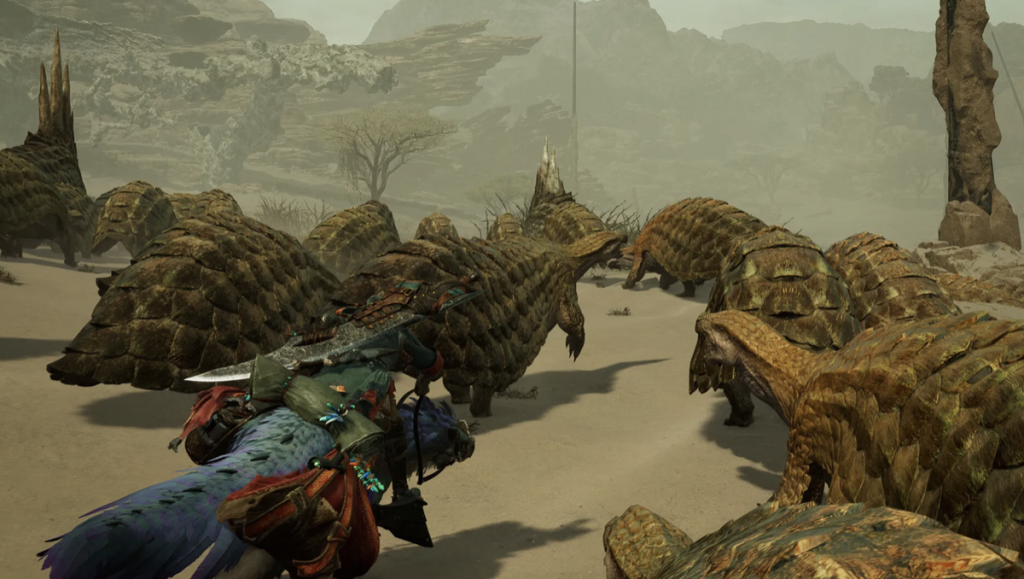 Continuing the review of Monster Hunter Wilds, it is worth paying special attention to the storyline: the concept offers an exciting exploration of uncharted lands, where hunters encounter a unique system unlike anything seen in previous games. The main narrative revolves around ancient mysteries hidden within the locations and new types of monsters that threaten the balance of nature.
Continuing the review of Monster Hunter Wilds, it is worth paying special attention to the storyline: the concept offers an exciting exploration of uncharted lands, where hunters encounter a unique system unlike anything seen in previous games. The main narrative revolves around ancient mysteries hidden within the locations and new types of monsters that threaten the balance of nature.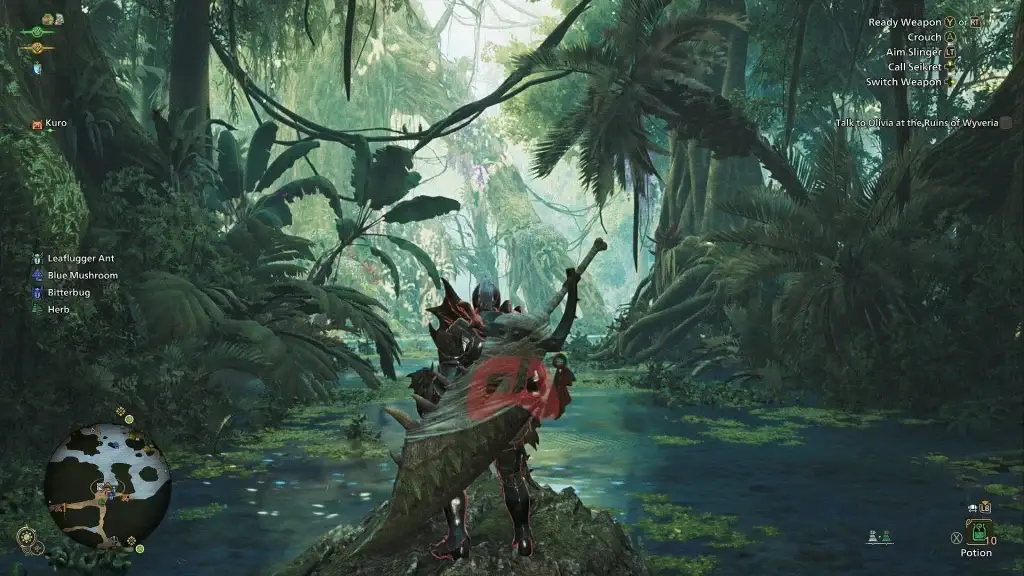 According to the review, the new generation of hunting adventures makes Monster Hunter Wilds one of the most ambitious parts of the franchise. The developers have created an original open world where the ecosystem, monster behavior, and weather conditions create a unique gameplay experience. This is a must-play game for anyone who enjoys complex tactical battles, hunting, and deeply detailed biomes.
According to the review, the new generation of hunting adventures makes Monster Hunter Wilds one of the most ambitious parts of the franchise. The developers have created an original open world where the ecosystem, monster behavior, and weather conditions create a unique gameplay experience. This is a must-play game for anyone who enjoys complex tactical battles, hunting, and deeply detailed biomes.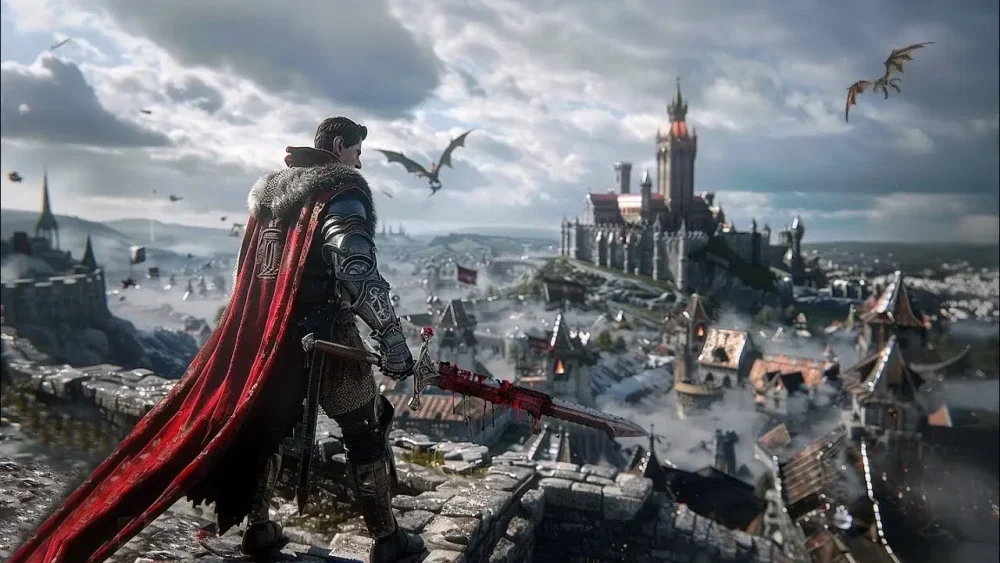
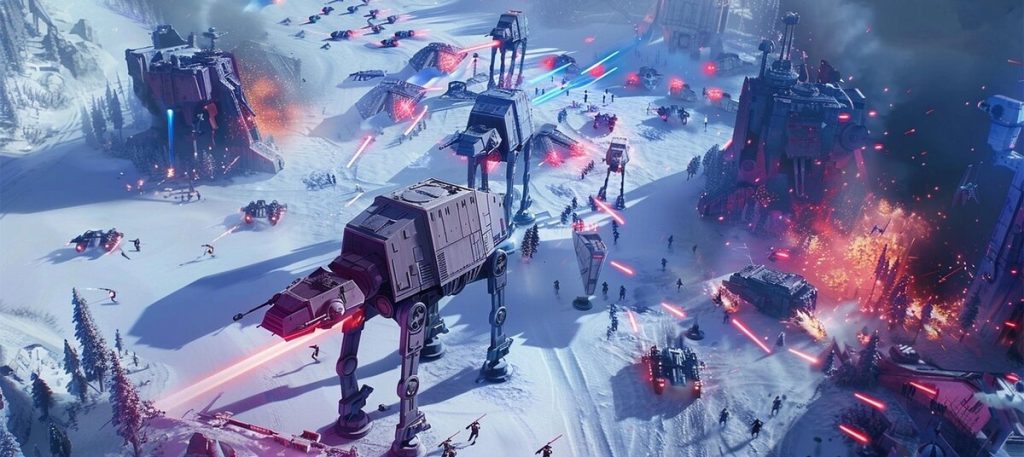 Many developers have decided to use innovative mechanics that were previously unfamiliar to fans of the genre. Many projects promise players not only traditional elements such as army management or empire building, but also original approaches that include survival elements, deep storylines, and even multiplayer cooperations. It is worth noting that in 2025, several new strategy games with unique graphics will be released on PC, which will truly surprise players with their atmosphere. The combination of old traditions and modern technologies will make these games unlike any previous projects.
Many developers have decided to use innovative mechanics that were previously unfamiliar to fans of the genre. Many projects promise players not only traditional elements such as army management or empire building, but also original approaches that include survival elements, deep storylines, and even multiplayer cooperations. It is worth noting that in 2025, several new strategy games with unique graphics will be released on PC, which will truly surprise players with their atmosphere. The combination of old traditions and modern technologies will make these games unlike any previous projects.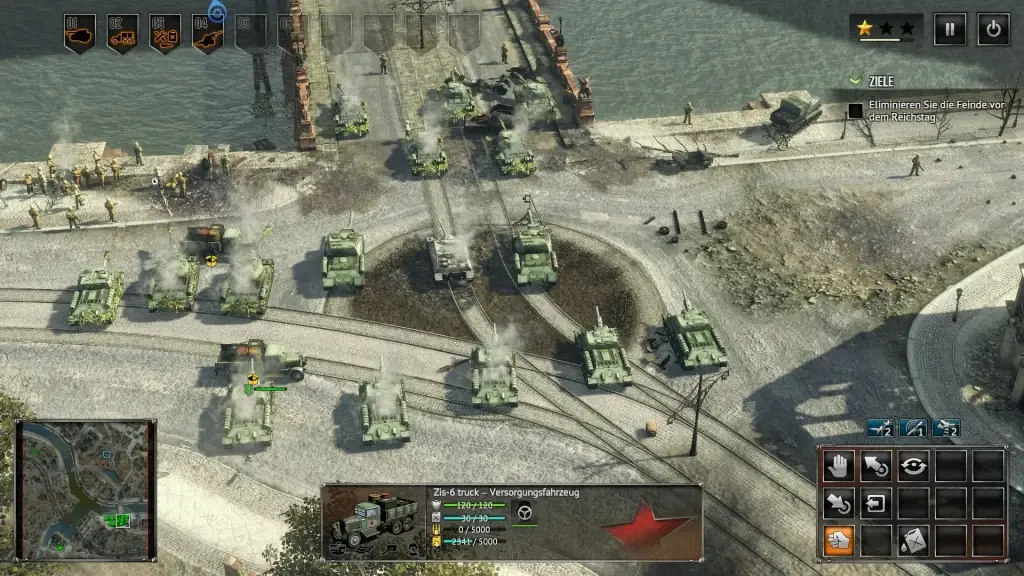 Strategies continue to evolve, combining elements from various genres and providing users with more freedom in decision-making. Games expected in 2025 promise greatly improved mechanics and more captivating stories. Despite all the innovations, the genre will still be in demand due to its depth and versatility.
Strategies continue to evolve, combining elements from various genres and providing users with more freedom in decision-making. Games expected in 2025 promise greatly improved mechanics and more captivating stories. Despite all the innovations, the genre will still be in demand due to its depth and versatility.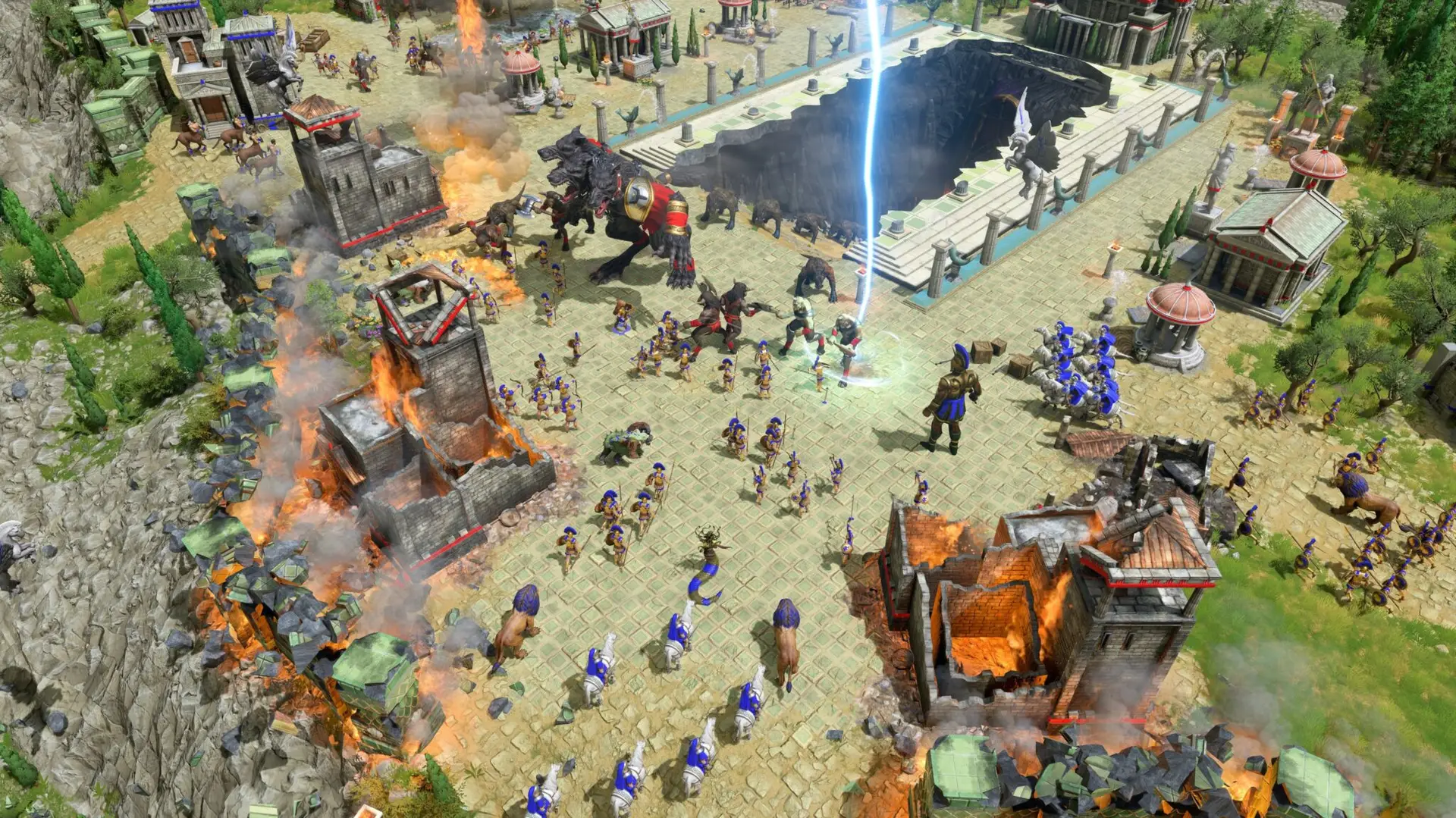
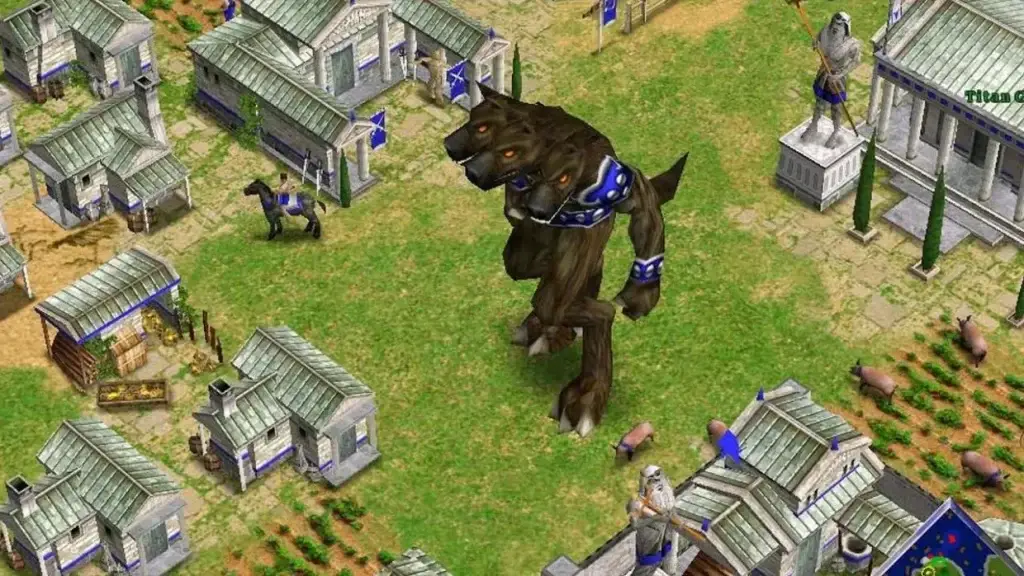 The new graphics of Age of Mythology: Retold include redesigned textures, detailed unit models and spectacular lighting. Gods and mythical creatures look impressive, from giant cyclops to graceful nymphs. Battles are dynamic: explosions, lightning and magic attacks look realistic and impressive. Detailed environments allow you to enjoy the atmosphere of ancient civilizations, be it the temples of Greece or the deserts of Egypt. Improved animations add depth to every unit movement. New visual effects in Age of Mythology: Retold enhance immersion and make every battle memorable.
The new graphics of Age of Mythology: Retold include redesigned textures, detailed unit models and spectacular lighting. Gods and mythical creatures look impressive, from giant cyclops to graceful nymphs. Battles are dynamic: explosions, lightning and magic attacks look realistic and impressive. Detailed environments allow you to enjoy the atmosphere of ancient civilizations, be it the temples of Greece or the deserts of Egypt. Improved animations add depth to every unit movement. New visual effects in Age of Mythology: Retold enhance immersion and make every battle memorable.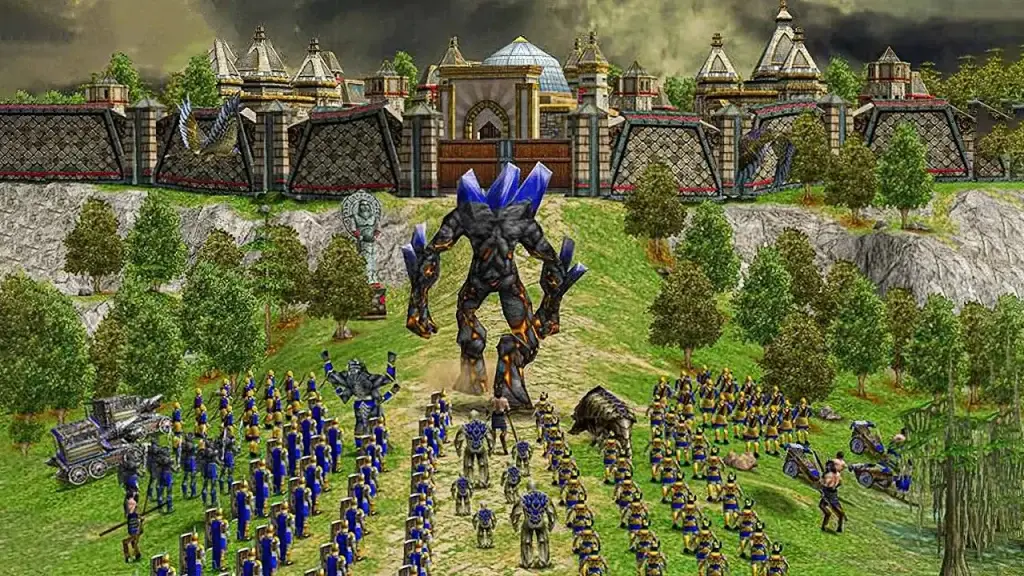 Age of Mythology: Retold is more than just an updated version of the old game. It is a full-fledged revival of the classic strategy, which combines the best elements of the original with modern technology. The victory at The Game Awards 2024 proves that myths and legends are back in fashion.
Age of Mythology: Retold is more than just an updated version of the old game. It is a full-fledged revival of the classic strategy, which combines the best elements of the original with modern technology. The victory at The Game Awards 2024 proves that myths and legends are back in fashion.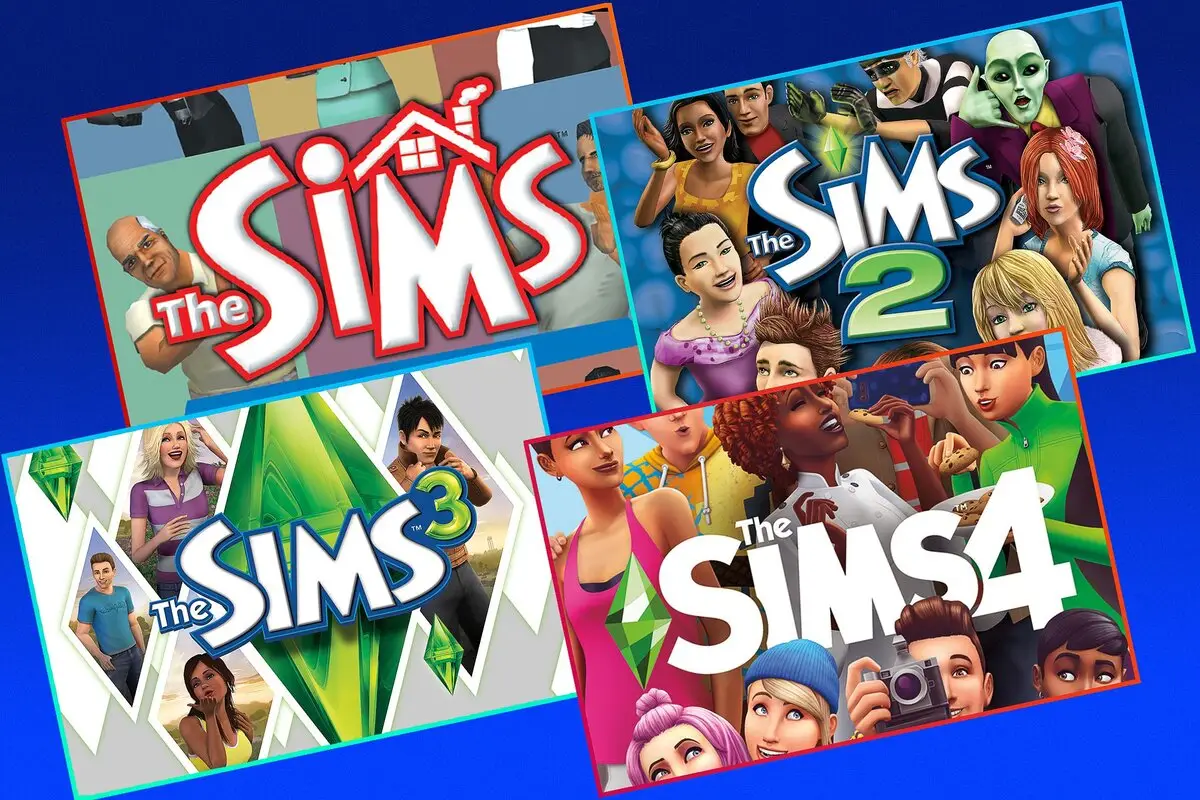
 The additions to the Sims 2 were a real breakthrough, significantly expanding the basic mechanics of the game and offering players unique opportunities to interact with the world of Sims:
The additions to the Sims 2 were a real breakthrough, significantly expanding the basic mechanics of the game and offering players unique opportunities to interact with the world of Sims: The Sims franchise remains the benchmark for the simulation genre. Each version of the Sims game brought something new, creating a unique experience for millions of players. And today it continues to be popular.
The Sims franchise remains the benchmark for the simulation genre. Each version of the Sims game brought something new, creating a unique experience for millions of players. And today it continues to be popular.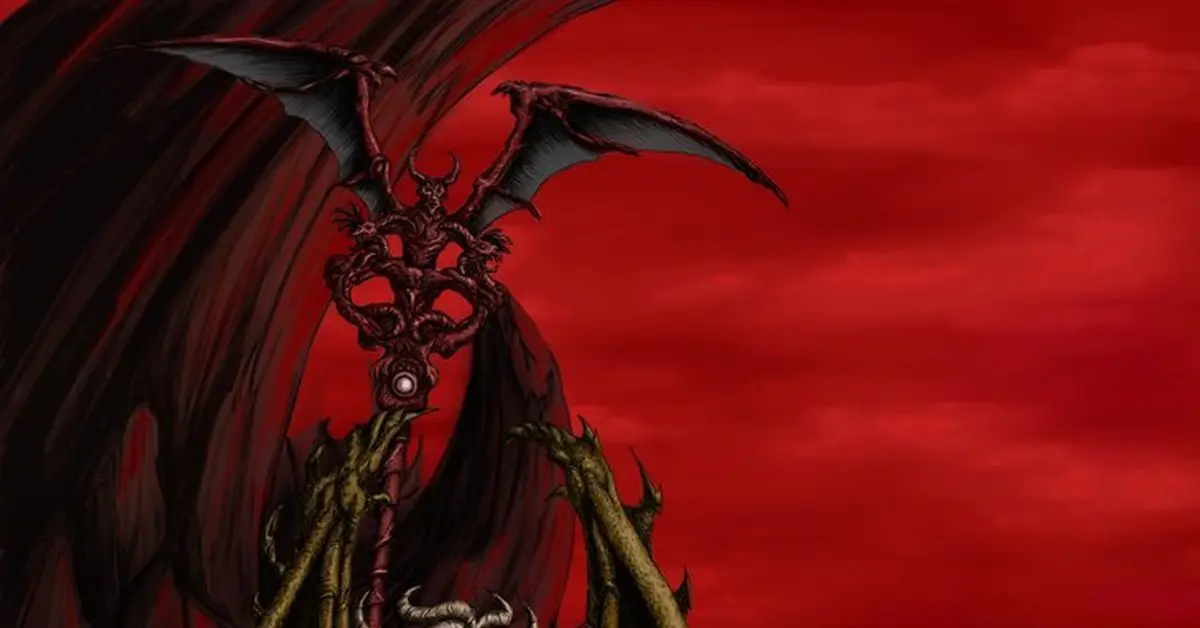
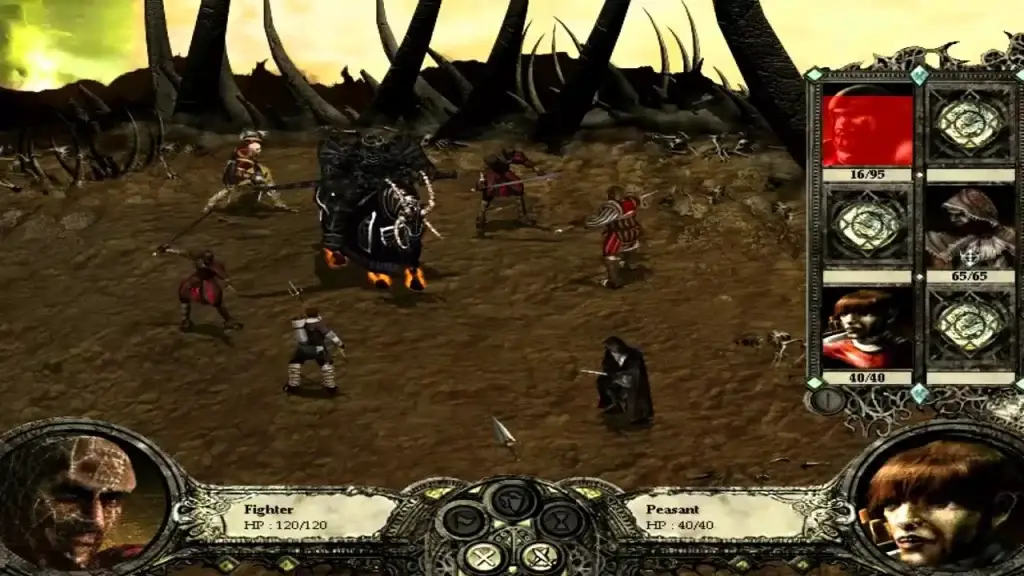 The gameplay includes many unique features: character development, skill upgrades and a choice of tactics. There are no banal battles in the game – any battle requires a thoughtful approach. The variety of heroes and units opens up dozens of tactics for the player, and resource management requires constant attention.
The gameplay includes many unique features: character development, skill upgrades and a choice of tactics. There are no banal battles in the game – any battle requires a thoughtful approach. The variety of heroes and units opens up dozens of tactics for the player, and resource management requires constant attention.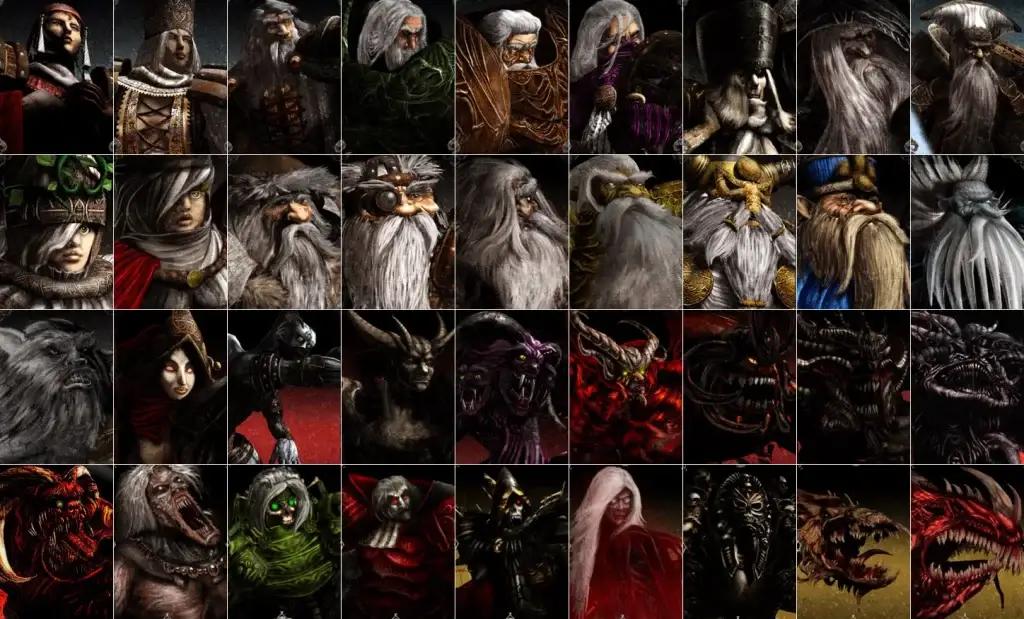 The game Disciples 2 is a real masterpiece among turn-based strategies, which deserves attention even today. The dark atmosphere, depth of gameplay and unique heroes make it truly outstanding. In a world of modern games where similar mechanics are increasingly common, Disciples 2 remains a model of how to create strategy games with soul and character. Anyone looking for a challenge and an atmosphere full of magic and heroism should try their hand at this epic fantasy.
The game Disciples 2 is a real masterpiece among turn-based strategies, which deserves attention even today. The dark atmosphere, depth of gameplay and unique heroes make it truly outstanding. In a world of modern games where similar mechanics are increasingly common, Disciples 2 remains a model of how to create strategy games with soul and character. Anyone looking for a challenge and an atmosphere full of magic and heroism should try their hand at this epic fantasy.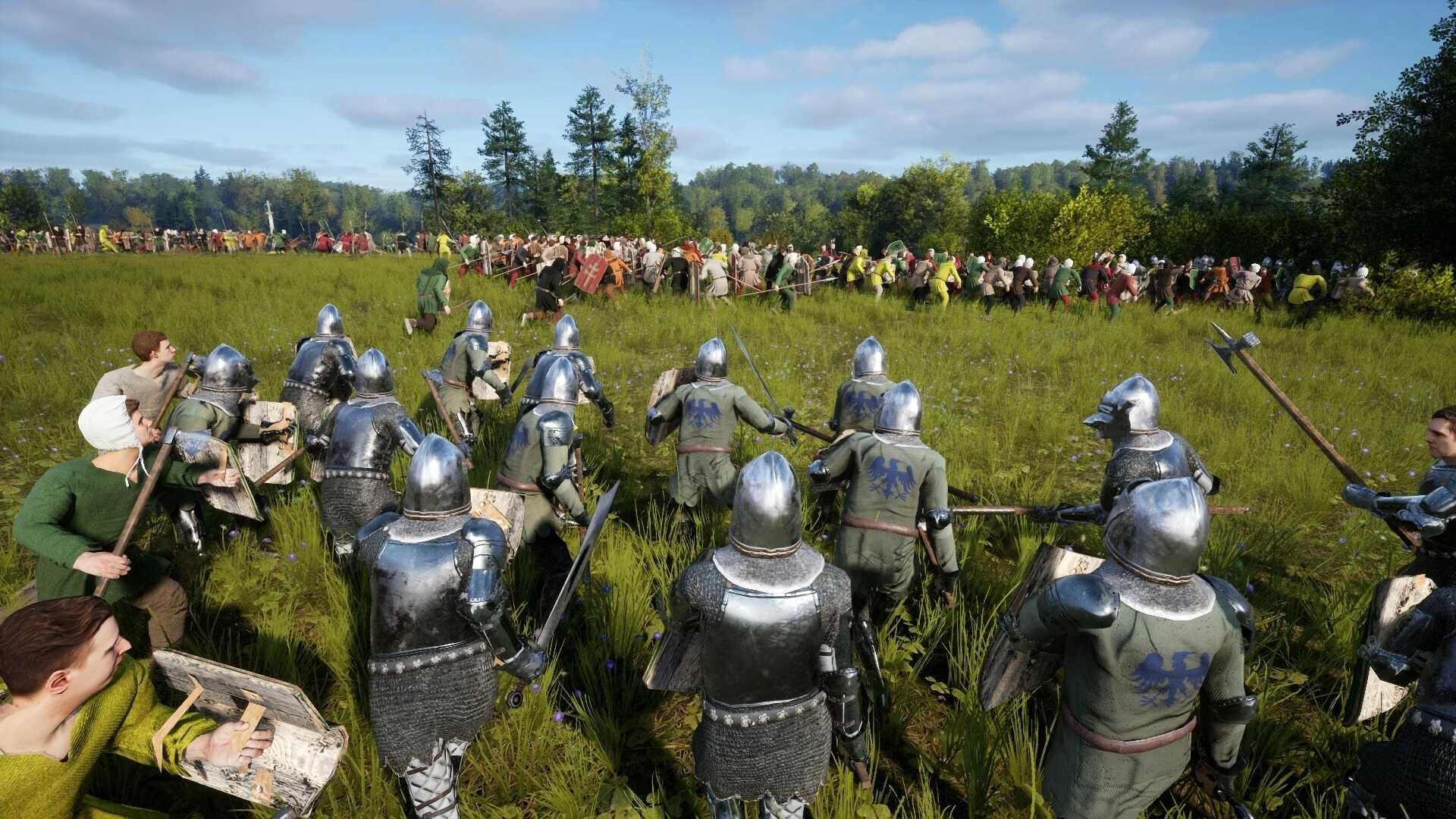
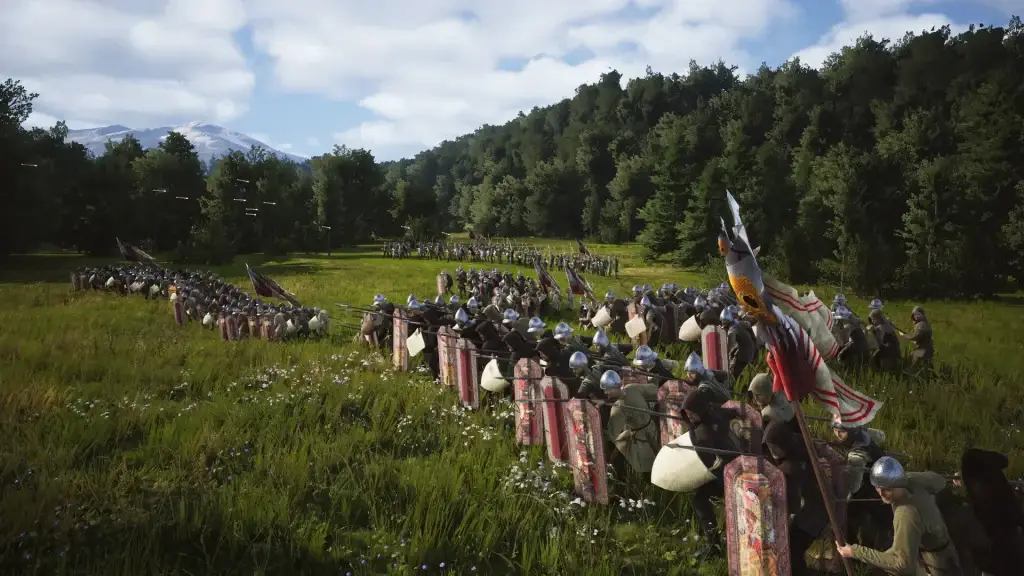 The Manor Lords review shows that the economic component of the concept is the heart of the entire strategy. Successful settlement development requires precise planning, competent use of resources and understanding of all aspects of the economy. A village cannot grow without a well-thought-out system for distributing labor and products. For example, to build a mill, you must first mine enough wood and stone, then attract builders and provide them with food.
The Manor Lords review shows that the economic component of the concept is the heart of the entire strategy. Successful settlement development requires precise planning, competent use of resources and understanding of all aspects of the economy. A village cannot grow without a well-thought-out system for distributing labor and products. For example, to build a mill, you must first mine enough wood and stone, then attract builders and provide them with food.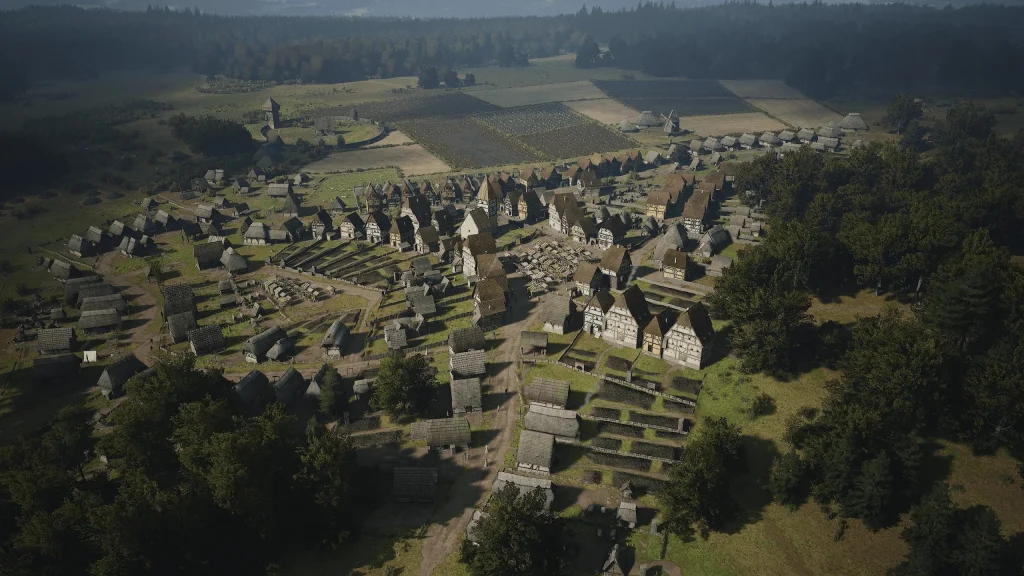 Manor Lords offers a unique combination of construction, economics, and tactics. The game makes you think, plan, and take into account all the little things – from the needs of the residents to the landscape that affects the outcome of battles. This project is definitely worth the attention of everyone who loves depth and realism in games.
Manor Lords offers a unique combination of construction, economics, and tactics. The game makes you think, plan, and take into account all the little things – from the needs of the residents to the landscape that affects the outcome of battles. This project is definitely worth the attention of everyone who loves depth and realism in games.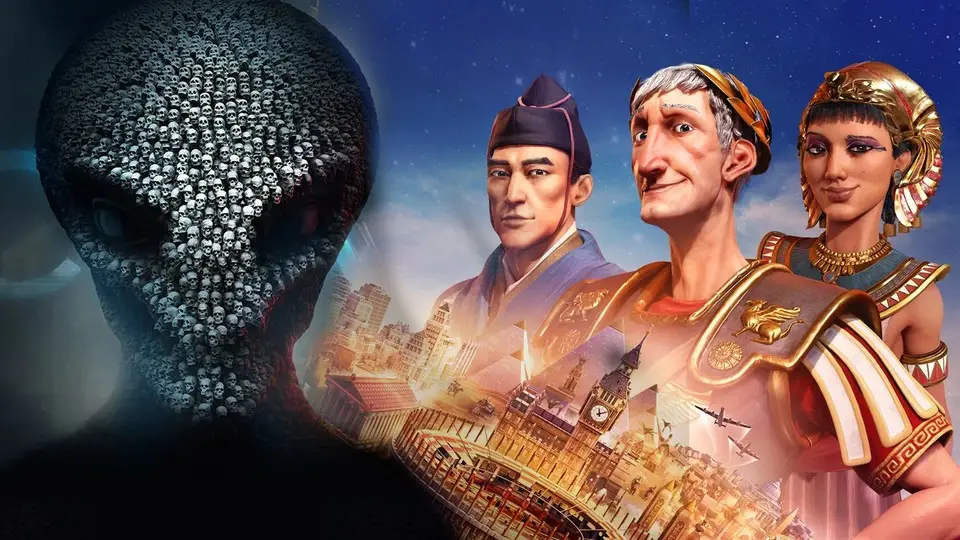
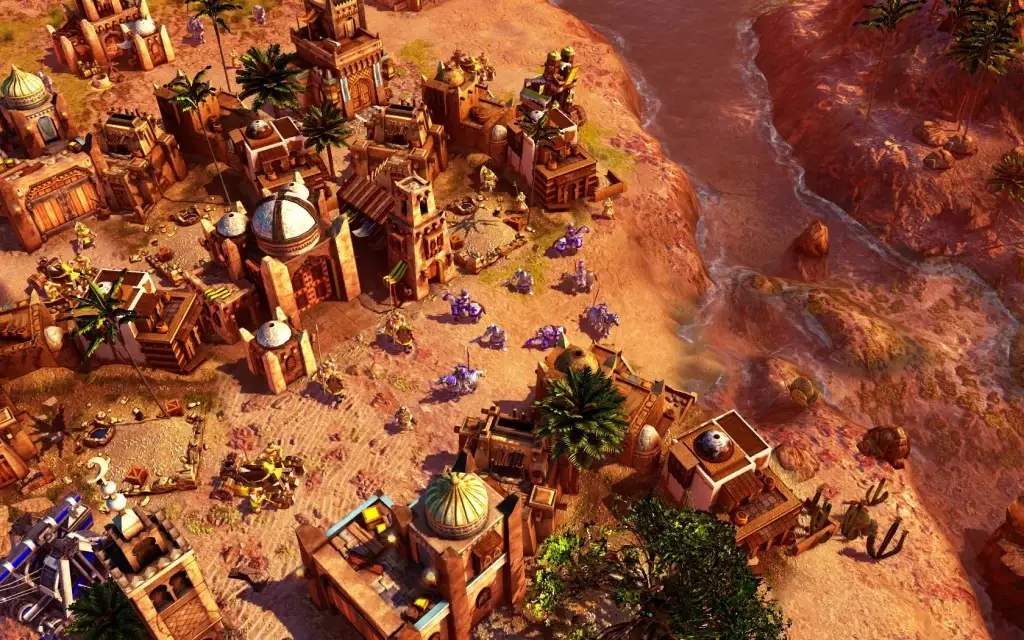 Civilization 7 is preparing to offer the world an even more exciting and diverse gameplay. As in previous parts, players will build their civilization, starting from ancient times and moving towards modern times, but now the emphasis will be on integrating cultural and scientific aspects. The turn-based strategy in Civilization 7 is getting a new lease of life with the introduction of unique scientific development branches, where each choice leads to specific consequences. The economic system has been significantly redesigned so that users can adapt their decisions to changing environmental conditions.
Civilization 7 is preparing to offer the world an even more exciting and diverse gameplay. As in previous parts, players will build their civilization, starting from ancient times and moving towards modern times, but now the emphasis will be on integrating cultural and scientific aspects. The turn-based strategy in Civilization 7 is getting a new lease of life with the introduction of unique scientific development branches, where each choice leads to specific consequences. The economic system has been significantly redesigned so that users can adapt their decisions to changing environmental conditions.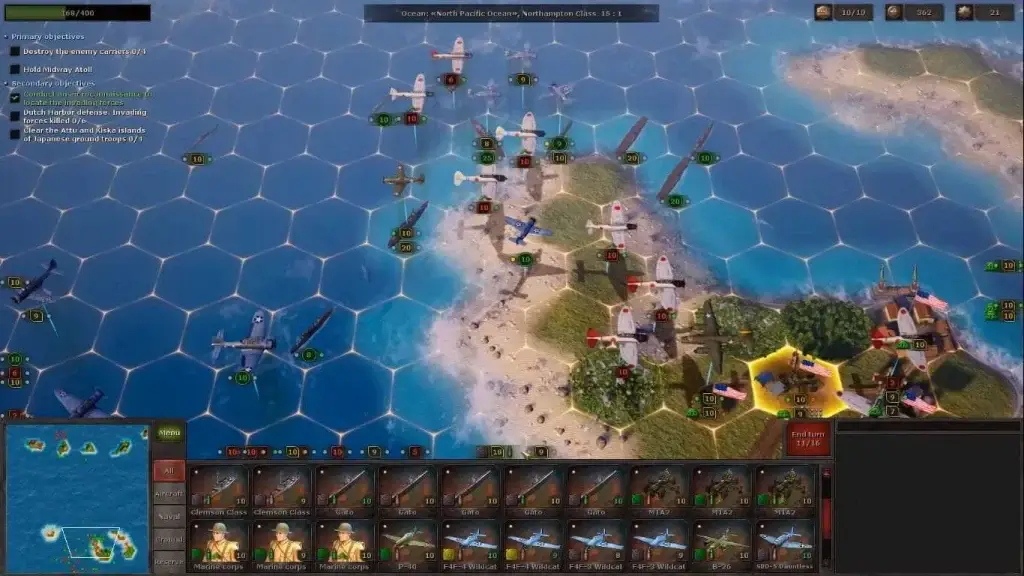 2025 promises to be a year of new discoveries in games and exciting adventures for all strategy fans. Projects such as Anno 117: Pax Romana and Civilization 7 will bring fresh ideas and deep detail to the genre. Those who appreciate an intellectual challenge and strive to control world processes will find something to do in this fascinating game world. So get ready: new strategies promise to surprise and delight even the most demanding players.
2025 promises to be a year of new discoveries in games and exciting adventures for all strategy fans. Projects such as Anno 117: Pax Romana and Civilization 7 will bring fresh ideas and deep detail to the genre. Those who appreciate an intellectual challenge and strive to control world processes will find something to do in this fascinating game world. So get ready: new strategies promise to surprise and delight even the most demanding players.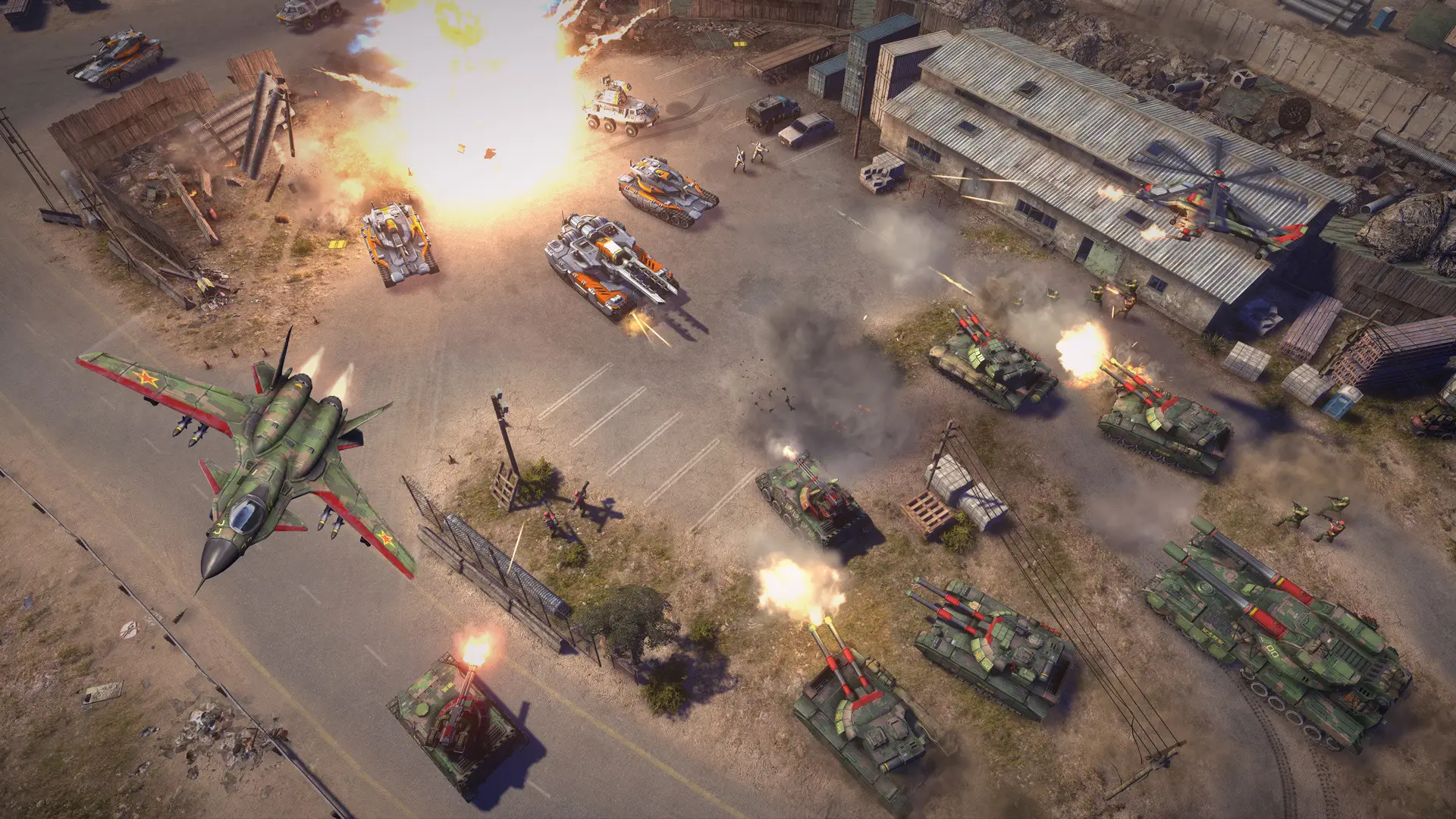
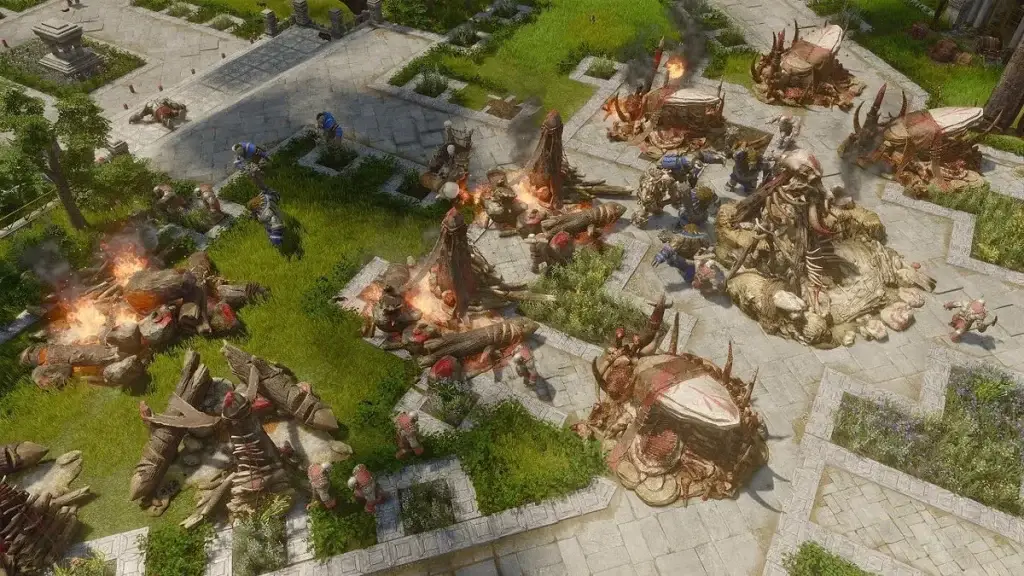 Starcraft is still called one of the most difficult strategies. Players mastered microcontrol, trained their reaction speed, and developed multi-layered tactics. In eSports, this game has become a symbol of skill and dedication. The best strategies of all time acquire cult status thanks to the emotions and challenges they offer. Starcraft became a real test of the mind and reaction.
Starcraft is still called one of the most difficult strategies. Players mastered microcontrol, trained their reaction speed, and developed multi-layered tactics. In eSports, this game has become a symbol of skill and dedication. The best strategies of all time acquire cult status thanks to the emotions and challenges they offer. Starcraft became a real test of the mind and reaction.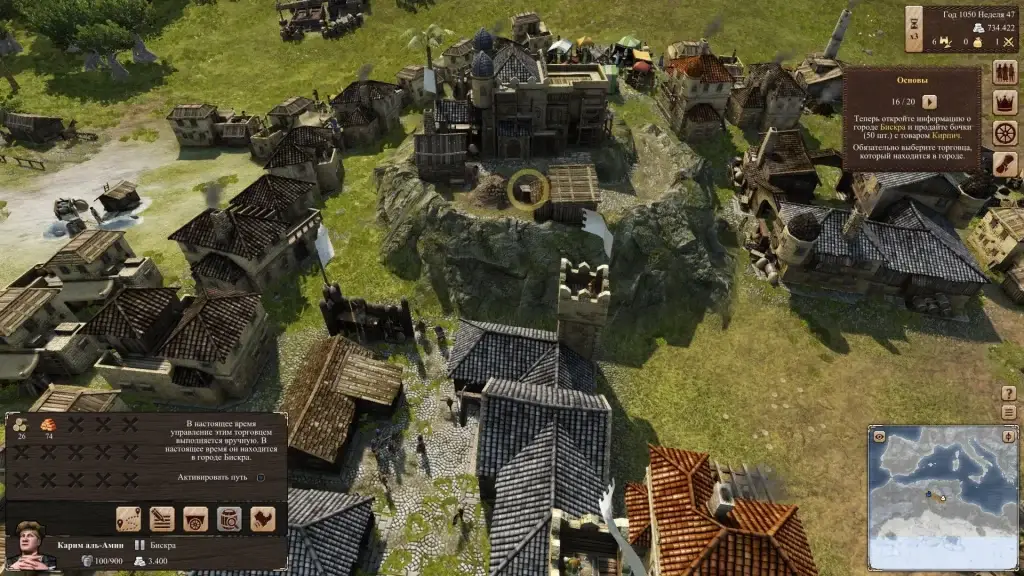 Old strategies on PC continue to be a model of tactical depth and innovation. The projects laid down standards that modern developers are trying to surpass to this day.
Old strategies on PC continue to be a model of tactical depth and innovation. The projects laid down standards that modern developers are trying to surpass to this day.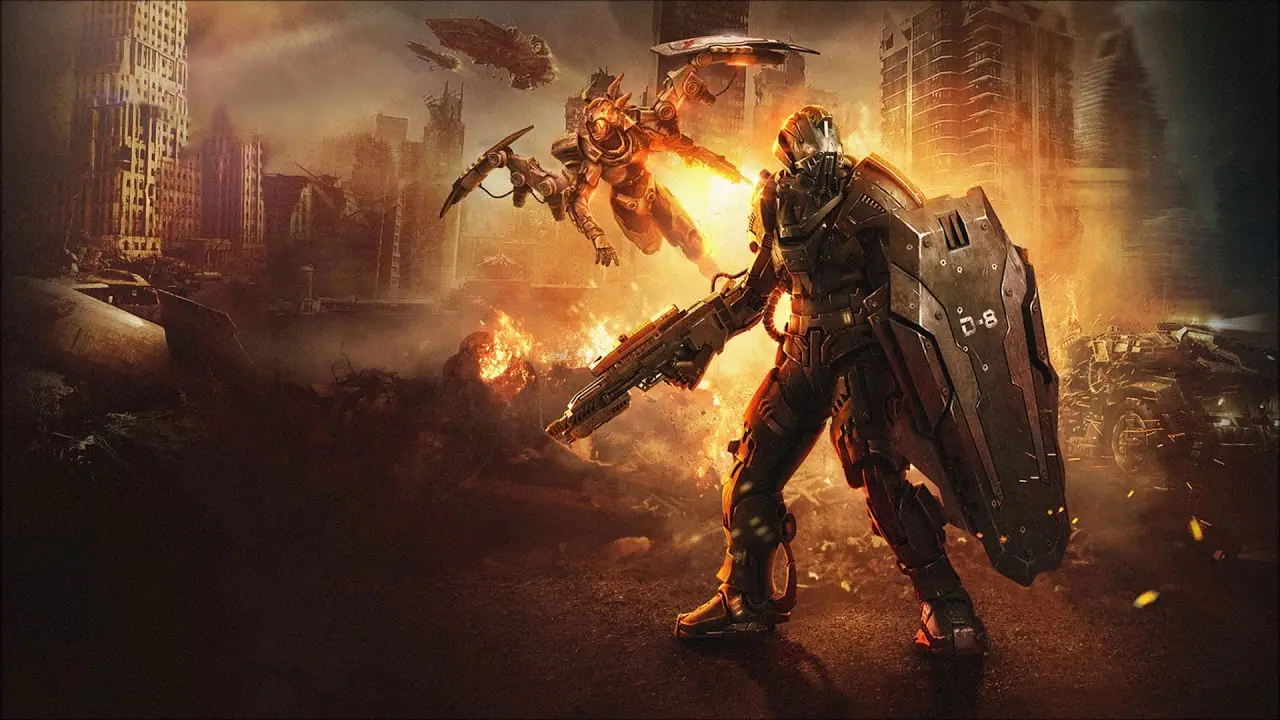
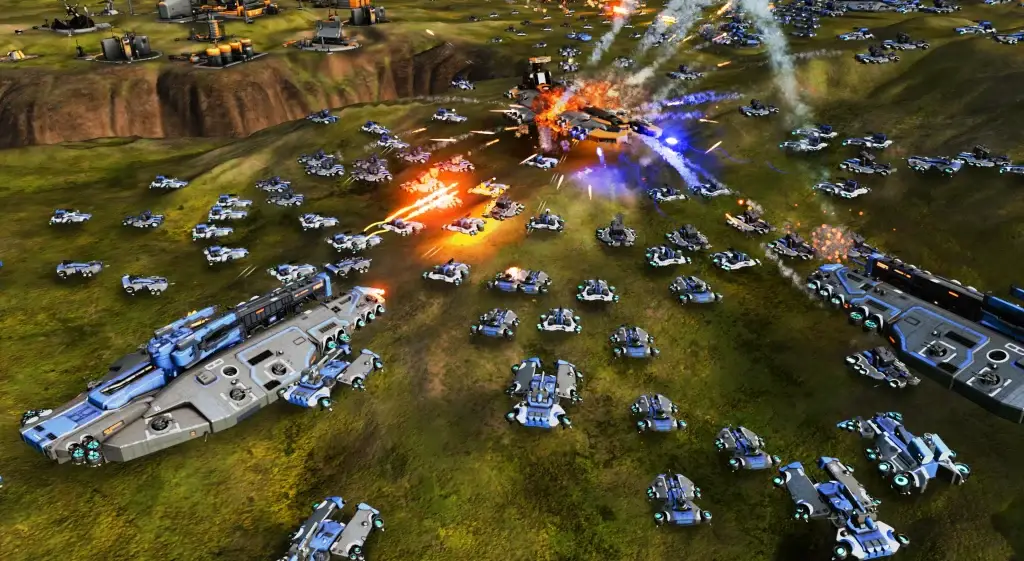 Stormfall: Age of War invites the user to become a master of medieval politics. Here, not only strength is important, but also cunning. Build castles, engage in trade and plan your every move. This turn-based strategy on PC is ideal for those who like to think through their actions in advance and develop complex tactical schemes.
Stormfall: Age of War invites the user to become a master of medieval politics. Here, not only strength is important, but also cunning. Build castles, engage in trade and plan your every move. This turn-based strategy on PC is ideal for those who like to think through their actions in advance and develop complex tactical schemes.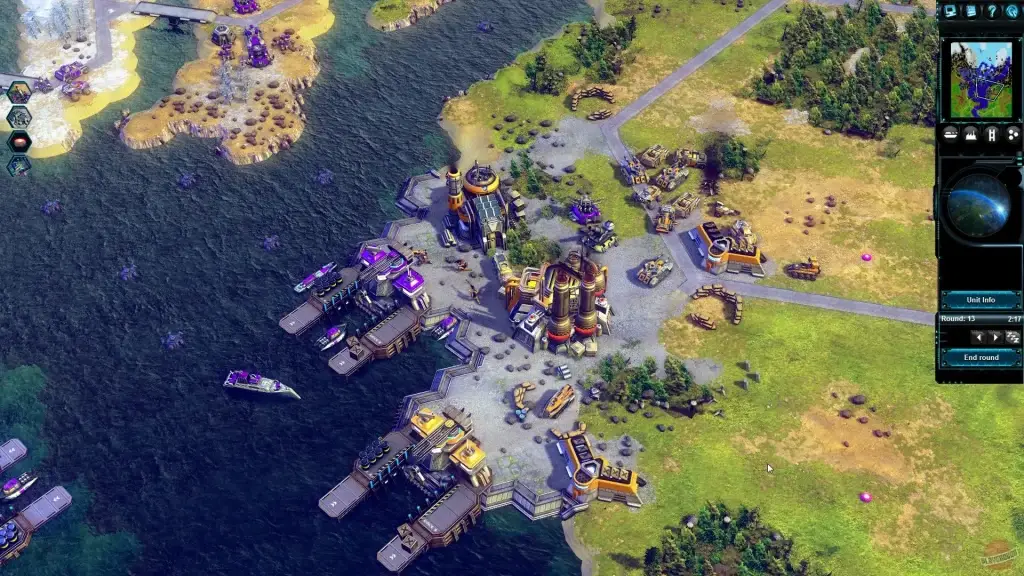 Turn-based strategies on PC are unique games that challenge gamers around the world. Projects require patience, the ability to plan, and the desire to improve. The options presented are a real test of the mind. Choose your project and show what you can do when every step is a chance to win or lose.
Turn-based strategies on PC are unique games that challenge gamers around the world. Projects require patience, the ability to plan, and the desire to improve. The options presented are a real test of the mind. Choose your project and show what you can do when every step is a chance to win or lose.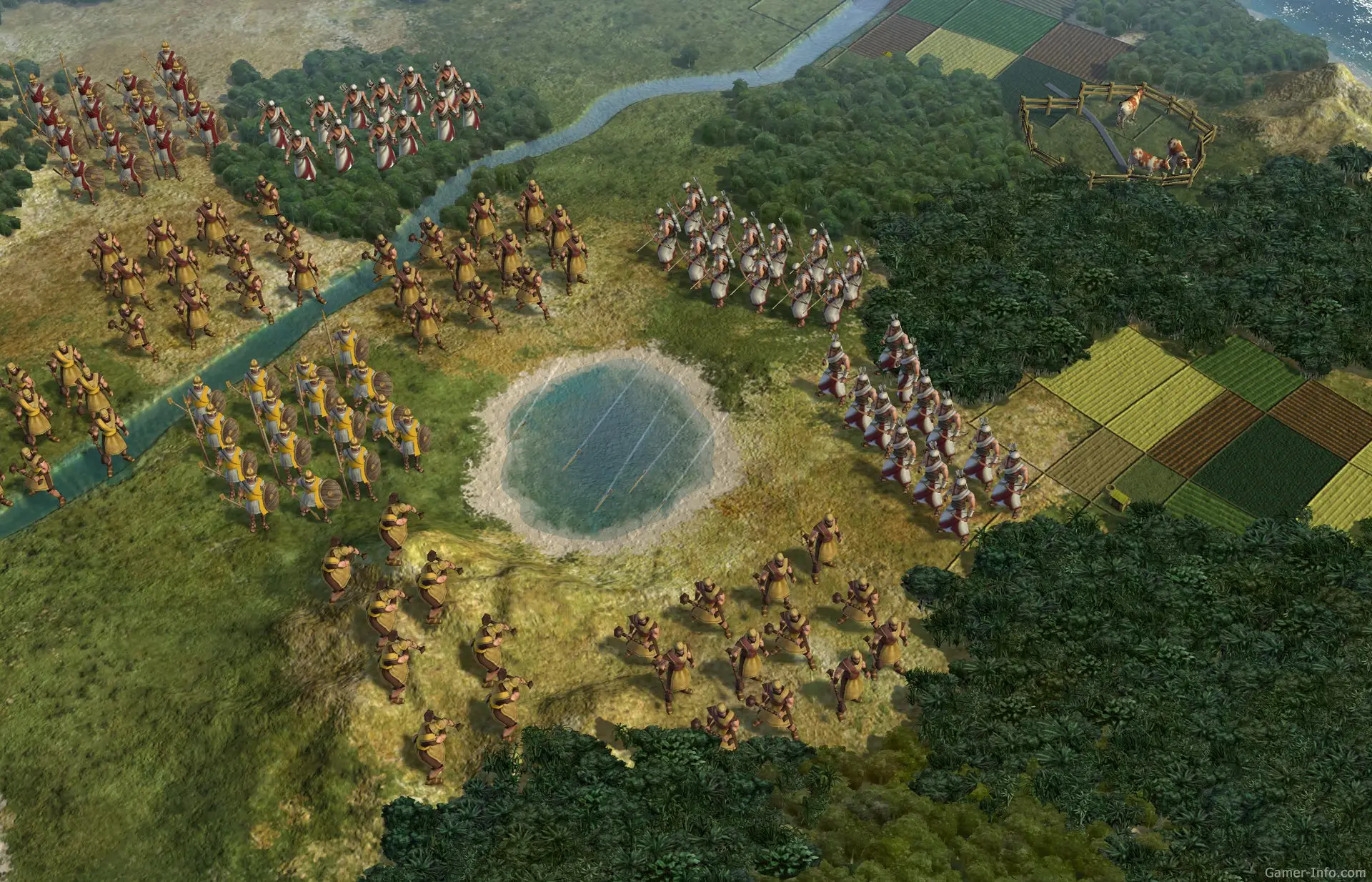
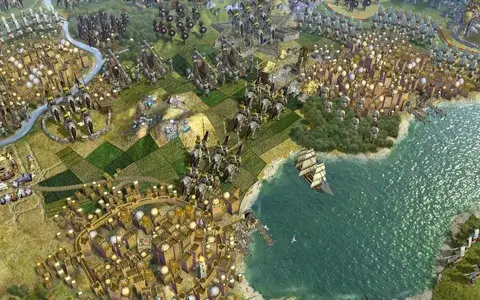 A skillful combination of strategic thinking, diplomacy, and economics. The main gameplay is based on unique mechanics that allow you to immerse yourself in a session for a long. One of the key mechanics is the hexagon system. Unlike previous parts of the series, in Civilization 5 the map is divided into hexagons, which makes planning and placing cities more tactical.
A skillful combination of strategic thinking, diplomacy, and economics. The main gameplay is based on unique mechanics that allow you to immerse yourself in a session for a long. One of the key mechanics is the hexagon system. Unlike previous parts of the series, in Civilization 5 the map is divided into hexagons, which makes planning and placing cities more tactical.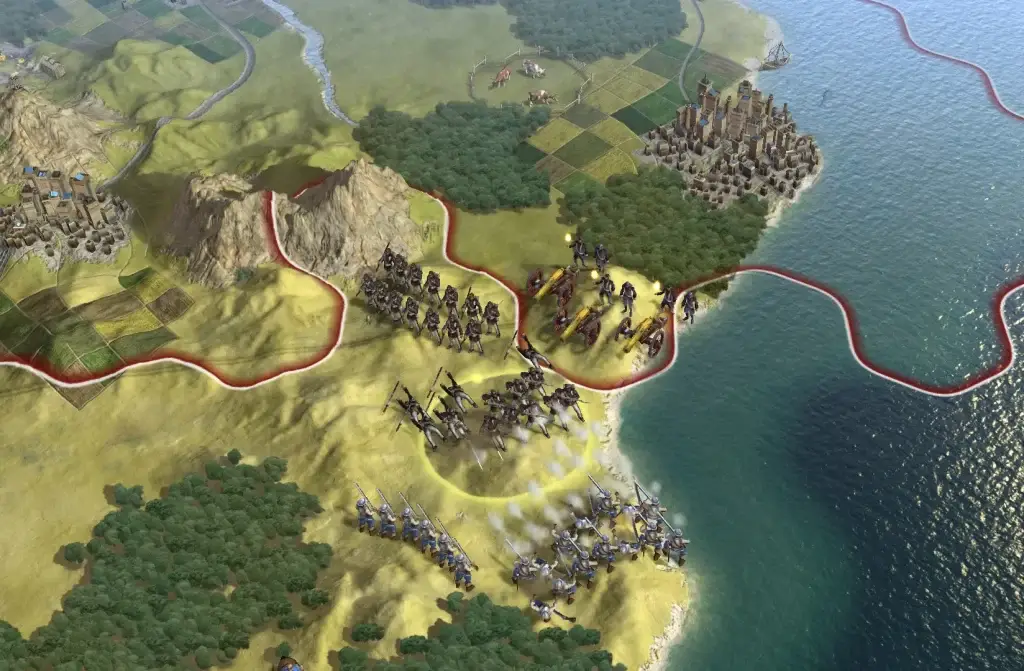 Civilization 5 is a virtual history simulation that allows users to feel like an empire builder. Here you can build cities, enter into alliances, and
Civilization 5 is a virtual history simulation that allows users to feel like an empire builder. Here you can build cities, enter into alliances, and





